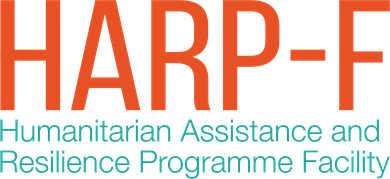1/ WASH, Food Security, Cash, and Health sectors
All sectorsto prioritise nutrition interventions, including incorporating MUAC screening in nutrition-sensitive services to increase monitoring of wasting cases and allow for trend analysis. In addition, specific sector actions include:
WASH sector
- Invest in WASH infrastructureto prevent the spread of COVID-19 and other infectious diseases that increase the risk of malnutrition.
- Scale-up the provision of soap and hygiene kitsto ensure communities have the resources to practice good hygiene.
Food Security and Cash sectors
- Food security and cash sectors to maintain access to and scale-up the provision of food and cash distributions, to address increasing food prices and meet increasing humanitarian needs.
Health sector
- Prioritise lifesaving nutrition services, such as treatment of wasting and infant and young child feeding, through mainstreaming into health services to prevent further risk of service disruption.
- Identify humanitarian health partners and modalities to fill current and anticipated gaps in nutrition-related care services, including mobile clinics.











